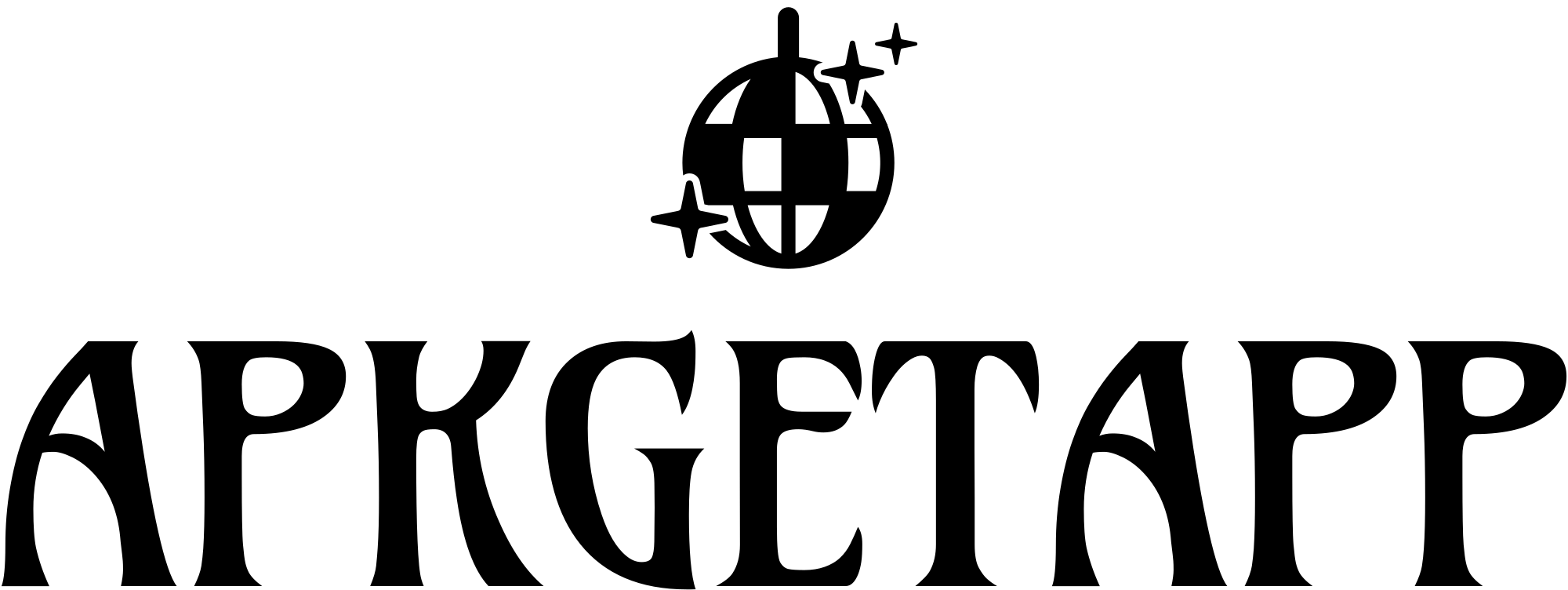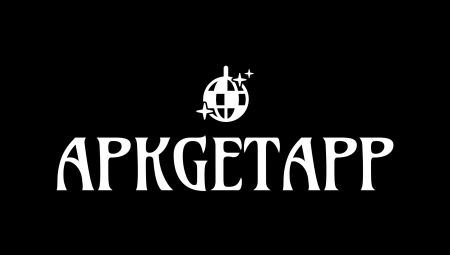In a world where mobile apps have become integral to both personal and professional lives, choosing the right app can be a challenging task. Whether you need apps for health, productivity, entertainment, or finance, the options are endless. That’s where app comparisons become invaluable, helping users assess and choose the best applications for their specific needs.
In this article, we’ll delve into app comparisons across different categories, focusing on features, ease of use, and overall performance to guide you in making informed decisions. We’ll explore the latest trends and updates in 2024 for various app categories and how they compare to one another.
Productivity Apps: Trello vs. Asana
Both Trello and Asana are popular project management tools designed to streamline workflow, whether for personal or professional use. However, they cater to slightly different user needs.
- Trello:
- Strengths: Trello uses a visually appealing board and card system, making it intuitive for beginners. It’s great for smaller projects, offering features like drag-and-drop task management, deadlines, and checklists.
- Limitations: It’s not as powerful when it comes to handling larger, complex projects that require multiple teams to collaborate. Advanced features like Gantt charts or detailed reporting aren’t available in the basic version.
- Best for: Individuals or small teams that need simple task management.
- Asana:
- Strengths: Asana is built for more complex workflows, offering advanced project views, including lists, boards, calendars, and timelines. Asana’s task dependencies, subtasks, and customizable workflow features make it ideal for larger teams and projects.
- Limitations: The interface may feel overwhelming for users who just need basic task management features.
- Best for: Mid-sized to large teams needing comprehensive project management with robust reporting and integration features.
Verdict: For simplicity and visual task management, Trello wins. For complex, multi-team projects, Asana is the better choice.
Health and Fitness Apps: MyFitnessPal vs. Fitbit
Health apps are becoming increasingly personalized, catering to individual goals. Two of the most popular apps in this space are MyFitnessPal and Fitbit.
- MyFitnessPal:
- Strengths: Known primarily for its vast food database, MyFitnessPal helps users track calories, macronutrients, and overall nutrition. It integrates seamlessly with other fitness apps and devices to track physical activity.
- Limitations: The free version has limited features, and some users find the interface slightly dated. Its fitness tracking is not as advanced as dedicated fitness apps.
- Best for: Users focused on diet and calorie tracking.
- Fitbit:
- Strengths: As a hardware-software combination, Fitbit excels in tracking activity levels, sleep patterns, and heart rate. It’s designed for users who need real-time health metrics and personalized fitness goals based on their data.
- Limitations: Its calorie tracking isn’t as comprehensive as MyFitnessPal, and it’s more expensive if you need the accompanying device.
- Best for: Users seeking detailed fitness and activity tracking, especially those who own a Fitbit device.
Verdict: MyFitnessPal is better for nutrition and diet tracking, while Fitbit provides a more comprehensive view of overall fitness and health metrics.
Finance Apps: Mint vs. YNAB (You Need A Budget)
Managing personal finances is more critical than ever, and finance apps like Mint and YNAB offer solutions to help users stay on top of their budgeting and savings goals. But which is the better choice?
- Mint:
- Strengths: Mint is a free app that connects to your bank accounts and automatically categorizes spending, providing a holistic view of your financial health. It offers bill tracking, credit score monitoring, and budget creation based on spending habits.
- Limitations: It relies on bank syncing, which can sometimes have connectivity issues, and the categorization of expenses may not always be accurate. Also, its approach to budgeting is more reactive than proactive.
- Best for: Individuals looking for an all-in-one finance app that offers spending insights and bill tracking.
- YNAB:
- Strengths: YNAB takes a more proactive approach to budgeting, encouraging users to allocate every dollar of income to a specific purpose. This “zero-based budgeting” approach helps users stick to their financial goals and save more effectively. YNAB also emphasizes financial education and behavior change.
- Limitations: YNAB is subscription-based and has a steeper learning curve than Mint. It’s more focused on budgeting and less on overall financial tracking like investments or credit score.
- Best for: Users serious about proactive budgeting and gaining control over their finances.
Verdict: Mint is better for users who want a free, all-in-one finance tracking tool. YNAB is ideal for those seeking in-depth budgeting with an educational aspect.
Streaming Services: Netflix vs. Disney+
When it comes to streaming services, both Netflix and Disney+ offer a wealth of content, but their offerings are distinctly different in terms of audience, content type, and pricing.
- Netflix:
- Strengths: Netflix is a pioneer in streaming, offering a vast and diverse library of content ranging from movies and documentaries to original series. It continually invests in high-quality original content such as “Stranger Things” and “The Crown.”
- Limitations: Recent subscription price hikes and increasing competition from other streaming platforms have drawn some users away. Its movie catalog has become less diverse due to licensing changes.
- Best for: Users who want a wide variety of content, including original series and a mix of genres.
- Disney+:
- Strengths: Disney+ has quickly gained popularity due to its exclusive rights to major franchises like Marvel, Star Wars, Pixar, and National Geographic. Its family-friendly content and blockbuster hits make it a go-to for families and fans of these franchises.
- Limitations: Its library is more focused on specific franchises, which may not appeal to users looking for a broader range of content. It lacks the adult-oriented dramas and comedies that Netflix is known for.
- Best for: Families and fans of Disney-owned properties, including Marvel and Star Wars.
Verdict: For a broader range of content, Netflix is the better option, but if you’re a fan of Disney’s franchises or have kids, Disney+ is a clear winner.
Language Learning Apps: Duolingo vs. Babbel
With language learning becoming more accessible through mobile apps, two popular options are Duolingo and Babbel. While both offer a platform to learn new languages, they cater to different learning styles.
- Duolingo:
- Strengths: Duolingo is free, gamified, and offers lessons in a fun, interactive format. Its user interface is easy to navigate, and it tracks progress through streaks and leaderboards.
- Limitations: It is not as structured as traditional learning, and users often find that they lack a deep understanding of the language’s grammar and syntax.
- Best for: Casual learners looking for a free, entertaining way to learn basic vocabulary and phrases.
- Babbel:
- Strengths: Babbel offers more structured courses and focuses on conversation-based learning. The lessons are designed by language experts and focus on practical language use in real-life situations.
- Limitations: Babbel is a paid service, and while it offers in-depth learning, it may not be as engaging for those who prefer a gamified learning experience.
- Best for: Serious learners who are willing to pay for a more comprehensive and practical language learning experience.
Verdict: Duolingo is great for casual learners, while Babbel is the preferred choice for those who want to achieve fluency and are willing to pay for structured lessons.
Choosing the right app depends heavily on your individual needs and preferences. Whether you’re managing tasks with Trello or Asana, tracking health with MyFitnessPal or Fitbit, or learning a new language with Duolingo or Babbel, each app offers unique features that cater to different user requirements. By comparing apps side-by-side, you can make better-informed decisions that enhance your overall digital experience.



